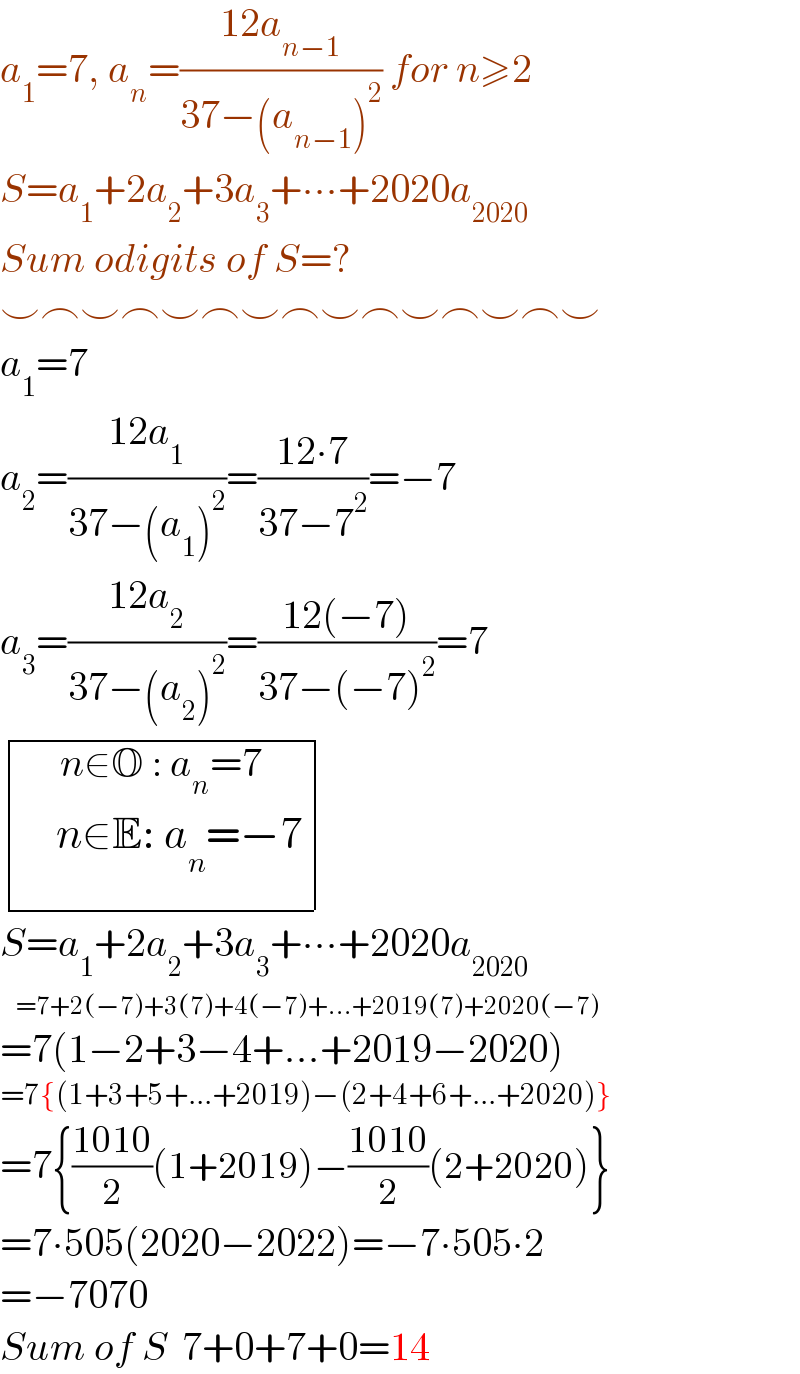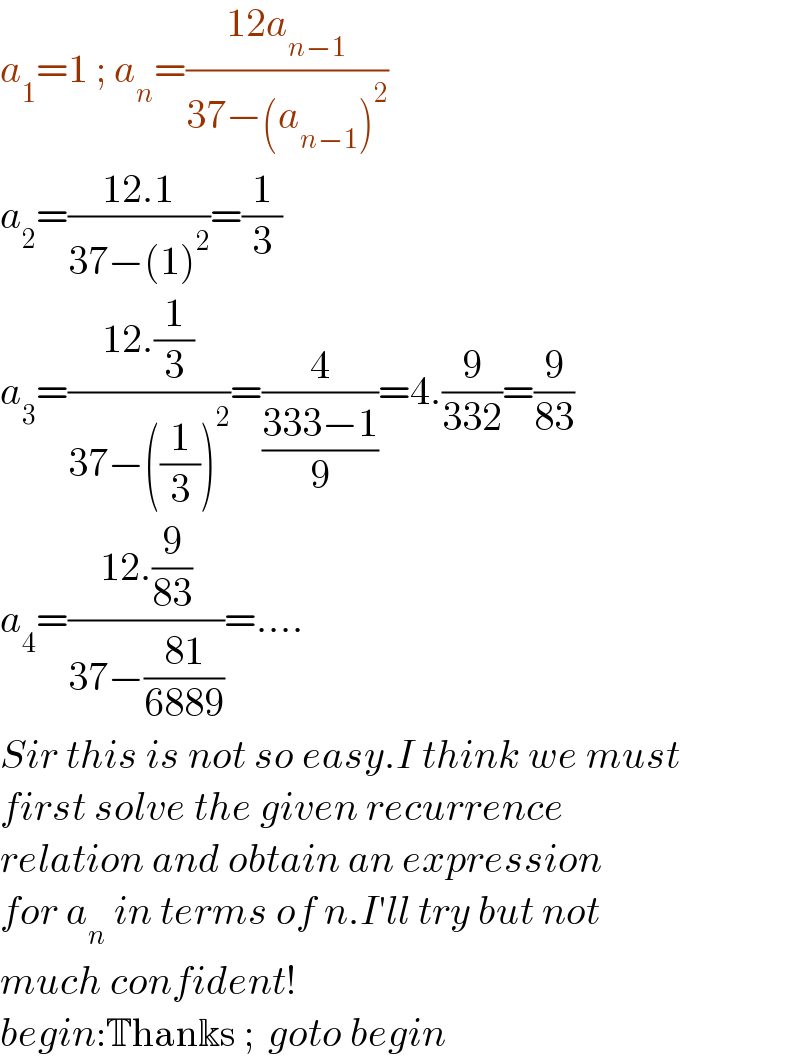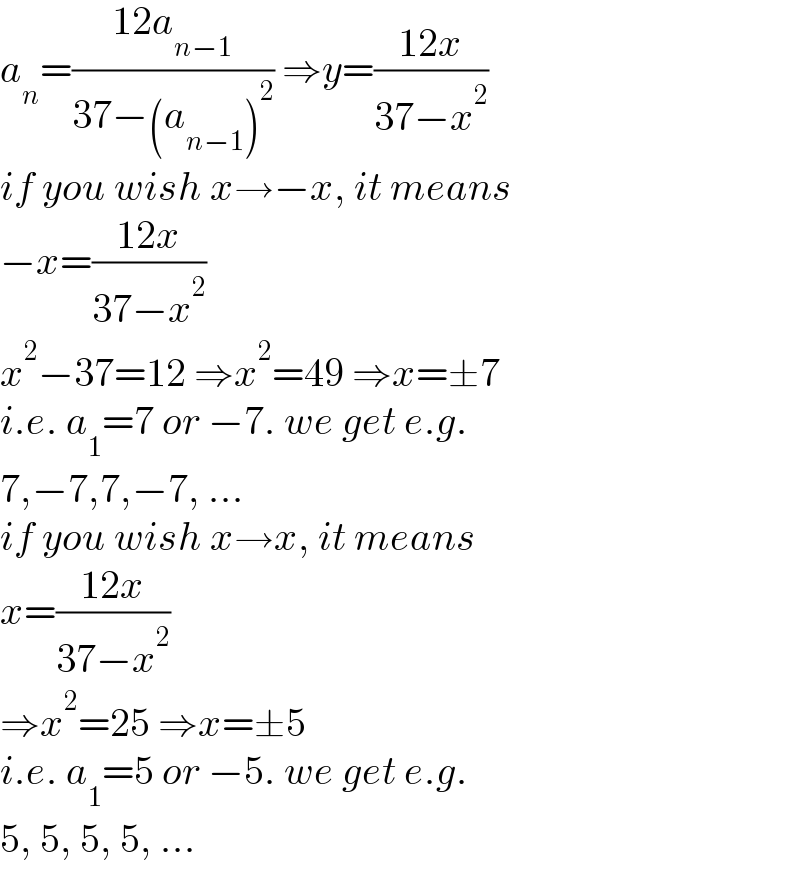
Question and Answers Forum
Question Number 163120 by ZiYangLee last updated on 04/Jan/22

Answered by Rasheed.Sindhi last updated on 04/Jan/22

Commented by Tawa11 last updated on 04/Jan/22

Commented by Rasheed.Sindhi last updated on 04/Jan/22

Commented by mr W last updated on 04/Jan/22

Commented by Rasheed.Sindhi last updated on 04/Jan/22

Commented by mr W last updated on 04/Jan/22

Commented by Rasheed.Sindhi last updated on 05/Jan/22

Commented by mr W last updated on 05/Jan/22

Commented by Rasheed.Sindhi last updated on 05/Jan/22

Commented by mr W last updated on 05/Jan/22

Commented by Rasheed.Sindhi last updated on 05/Jan/22

Commented by mr W last updated on 05/Jan/22

